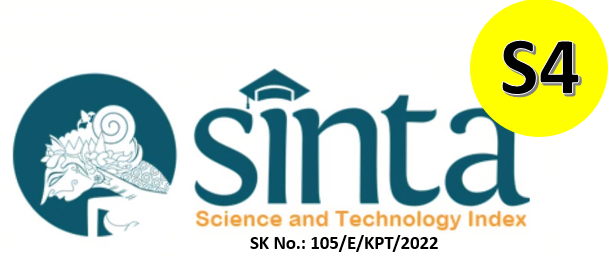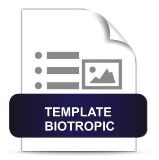Keanekaragaman Tumbuhan Berkhasiat Obat Pada Suku Noaulu Di Pulau Seram, Maluku
DOI:
https://doi.org/10.29080/biotropic.2019.3.1.49-55Keywords:
Medicinal Plants, Noaulu Tribe, Village SepaAbstract
Noaulu an indigenous tribe of Seram Island who live in the Sepa Village of Amahai District, Maluku. This tribe still use forest products to fulfill their needs, including medication. Therefore, this study intends to know the kinds of medicinal plants used by the Noaulu Tribe and the types of diseases that can be treated. Collecting data in this study using survey method and an interview method with the public interest. Determination of the respondents was using purposive sampling method. Inventory of medicinal plants was done by a survey method survey based respondent information. The result of the research shows that there are 31 medicinal plants from 22 families. They are able to cure 20 diseases. The plants which are predominantly used are from Zingiberaceae family. Leaves of the plant are mostly used as the drugs.
Downloads
References
Dalimartha, S. 1999. Atlas Tumbuhan Obat Indonesia Jilid 1. Trubus Agriwidia, Jakarta.
Dewi, SR., Nugroho, WA., Hendrawan Y., & Nissa, K. 2015. Karakterisasi ekstrak Etanolik Daun Sirih Merah (Piper crocatum). Prosiding seminar Nasional perteta, Makassar.
Enejoh, OS., Ogunyemi, IO., Bala, MS., Oruene, IS., Suleiman, MM., & Ambali, S.F. 2015. Ethnomedical Importance of Citrus aurantifolia (Chirstm) Swingle. The Pharma Innovation Journal. 4 (8): 01 - 06.
Falah, F., Sayektiningsih, T., &Noorcahyanti, N. 2013. Keragaman Jenis dan Pemanfaatan Tumbuhan Berkhasiat Obat oleh Masyarakat Sekitar Hutan Lindung Gunung Beratus, Kalimantan Timur. Jurnal Penelitian Hutan dan Konservasi Alam .
Joselin J. & Jeeva S. 2014. Andrographis paniculata: A Review of its Traditional Uses, Phytochemistry and Pharmacology. Medicinal dan Aromatic Plants, 3:4.
Jiangseubchatveera, N., Liawruangrath, S., Teerawutgulrag, A., Santiarworn, D., & Pyne, SG. 2017. Phytochemical Screening, Phenolic and Flavonoid Contents, Antioxidant and Cytotoxic Activities of Graptophyllum pictum (L.) Grif. Journal of Science. 44(1): 193 - 202.
Mangonting, D., Irawan, I., & Abdullah, S. 2008. Tanaman Lalap Berkhasiat Obat. Penebar Swadaya, Jakarta
Preetha, TS., Sudarsanan, S., Khrisnan, & PN. 2016. A Comprehensive Review of Kaempferia galanga L. (Zingiberaceae): A High Sought Medicinal Plant in Tropical Asia. Journal of Medicinal Plants Studies. 4(3): 270 - 276.
Supriadi. 2001. Tumbuhan Obat Indonesia: Penggunaan dan Khasiatny. Pustaka Populer Obor, Jakarta.
Tjitrosoepomo, G. 2005. Taksonomi Tumbuhan Obat-obatan. Gadjah Mada University Press, Yogyakarta.
Verawati, Aria, M., Dira, Maisa, S., & Maharani, A. 2016. Chemical Characterization and Anti-Inflammatory activity of Piladang Leaf (Coleus atropurpureus) Extract. Journal of Chemical and Pharmaceutical Sciences. 9(4).













